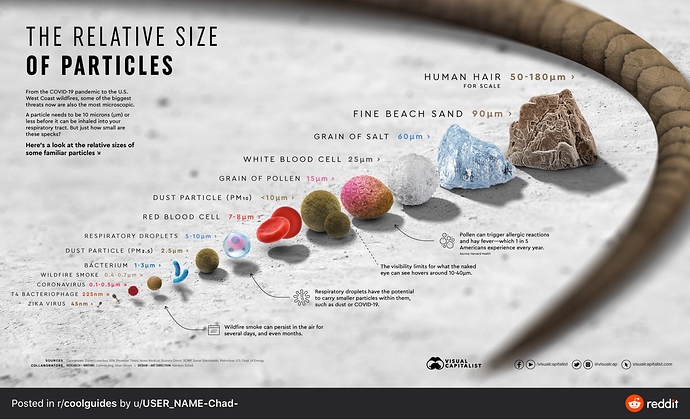Based on a recent discussion in the 0.5.2 feedback thread about using real measurements in the game editor I thought it would be useful to create a separate thread for speculating about these.
One thing I immediately find very interesting about the measurements currently in the game is that they don’t seem terribly consistent. To illustrate, I tried to determine the real size of a single hex (from point to point) in the game based on a number of different things:
- Based on size of LUCA: 0.2 μm per hex (assuming Primum Thrivium is as large as the smallest known bacteria)
- Based on nucleus: ~1.7 μm
- Based on mitochondria: ~0.5 μm
As you can see it doesn’t appear like a lot of thought went into scaling the different organelles. How could we change that?
IMO: of these scales 0.5 μm per hex (point to point) seems the most sensible. It’s a nice round number, we can assume that, since distances in a cell are rounded to hexes, the smallest bacteria can still be about 0.2 μm long. The nucleus and the chloroplast would have to be scaled up but afaik that’s it.
Using these measurements a hex covers an area of 0.16 square μm. It’s probably simplest to assume that the cell is one hex thick, making its volume 0.08 cubed μm per hex. This means hexes weight slightly less than 0.08 picogram (don’t even know what the abbreviation is for that one).
A major problem with applying real scientific measurements to the microbe stage is that it is 2D. Because of this, things like the square-cube law do not get accurately represented. For example, while our mass is about right for small bacteria, it quickly gets too small for larger cells, because they would realistically be getting thicker as well as longer and wider. One possible fix to this is to assume cells are as thick as they are wide.
Using this information we could go on to calculate stuff like the force of flagella, storage space of vacuoles, or the realistic max speed of a cell, but I’ll leave that up to someone with better googling skills than me. You’re welcome to do it in this thread! 
